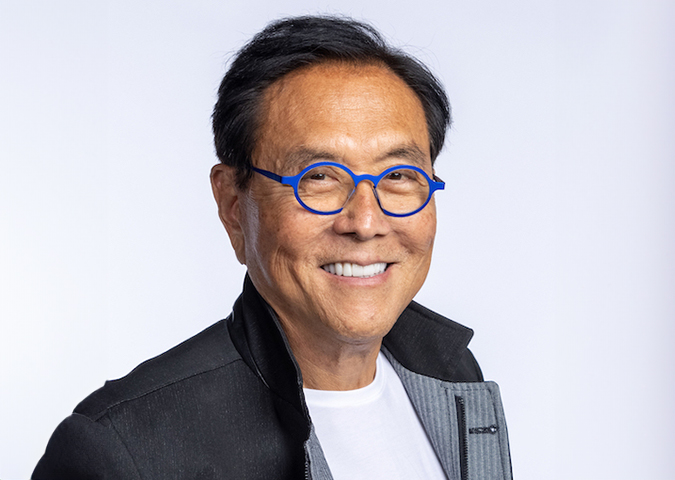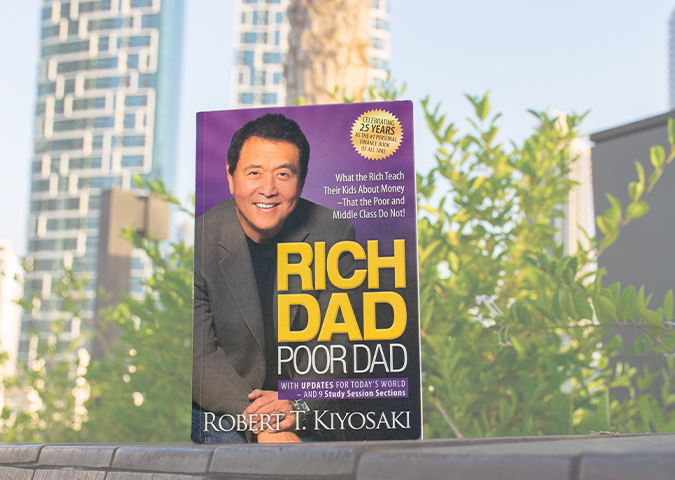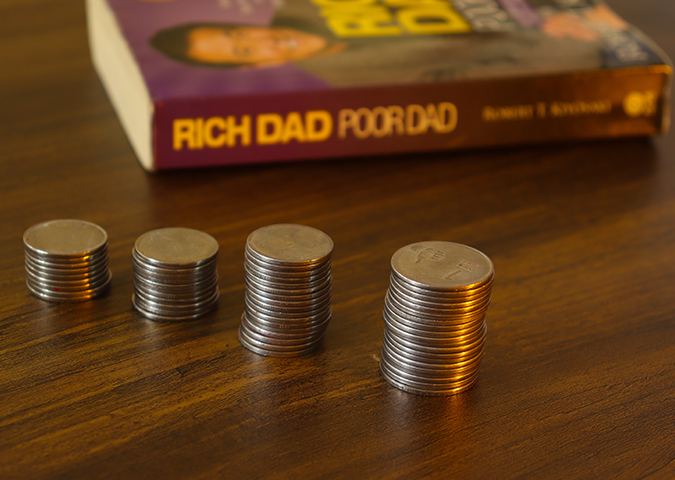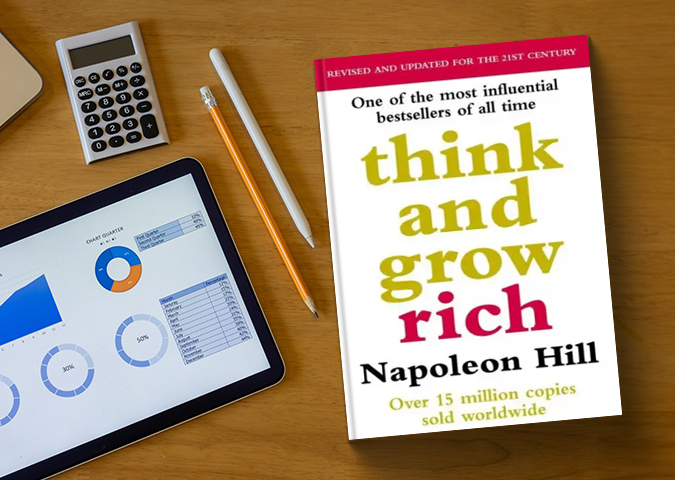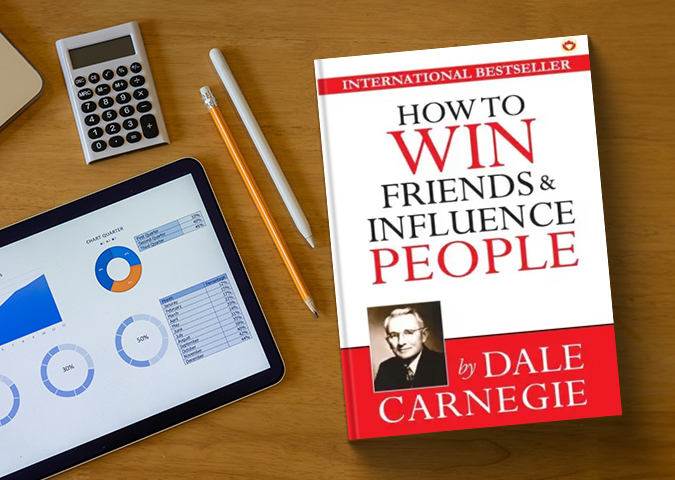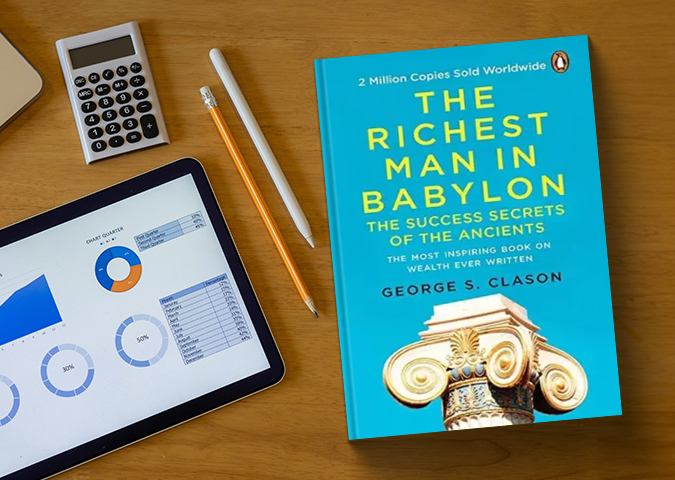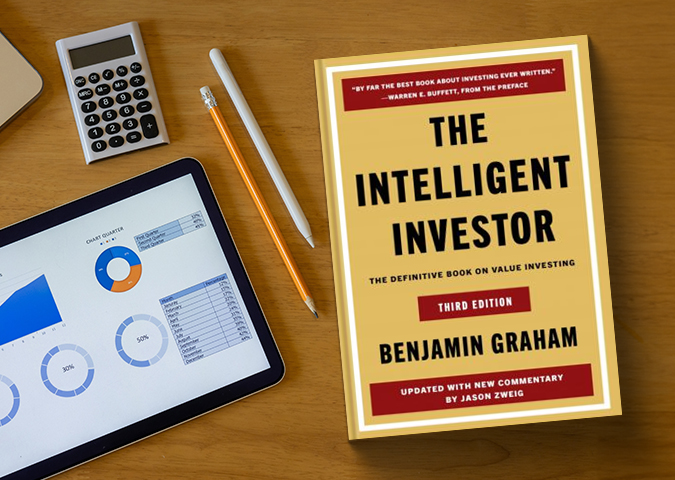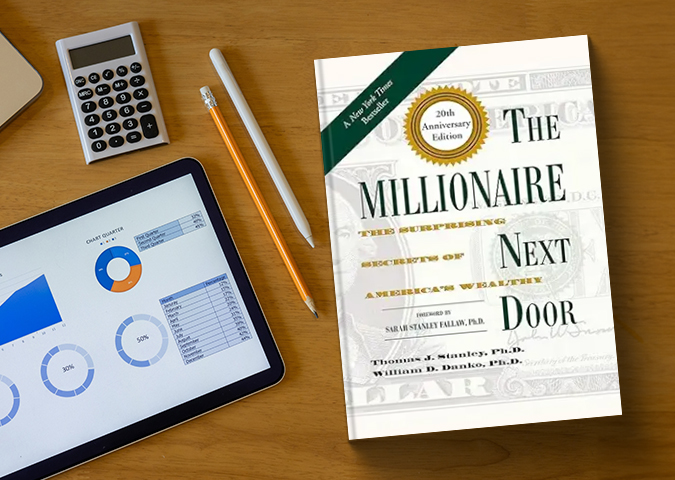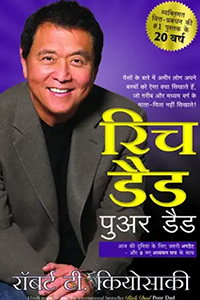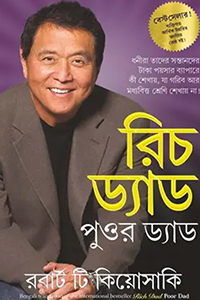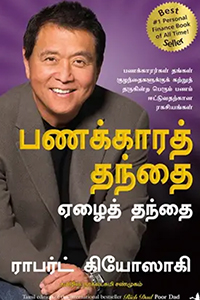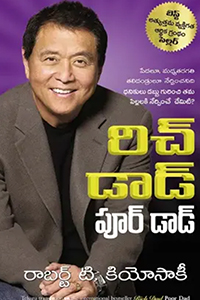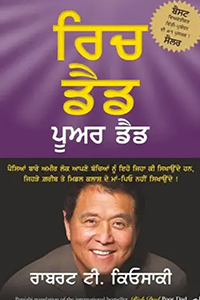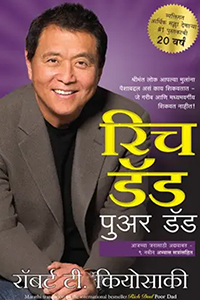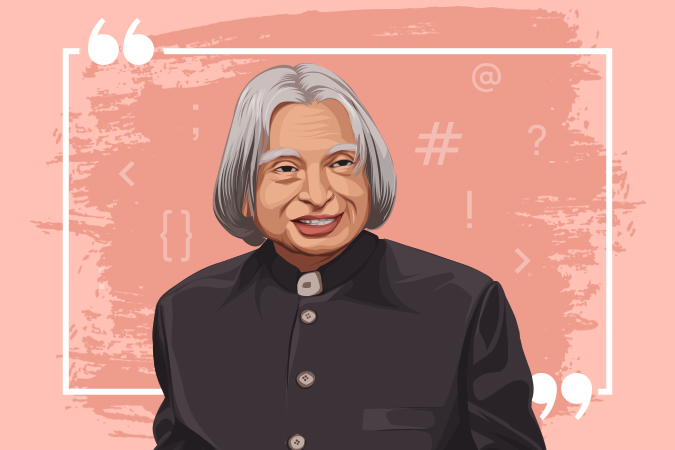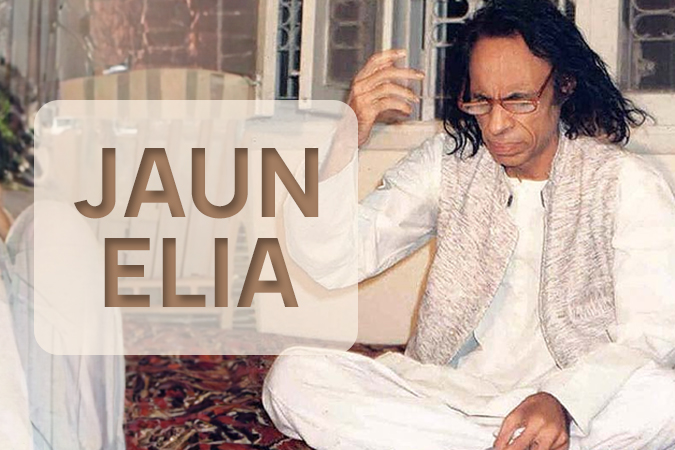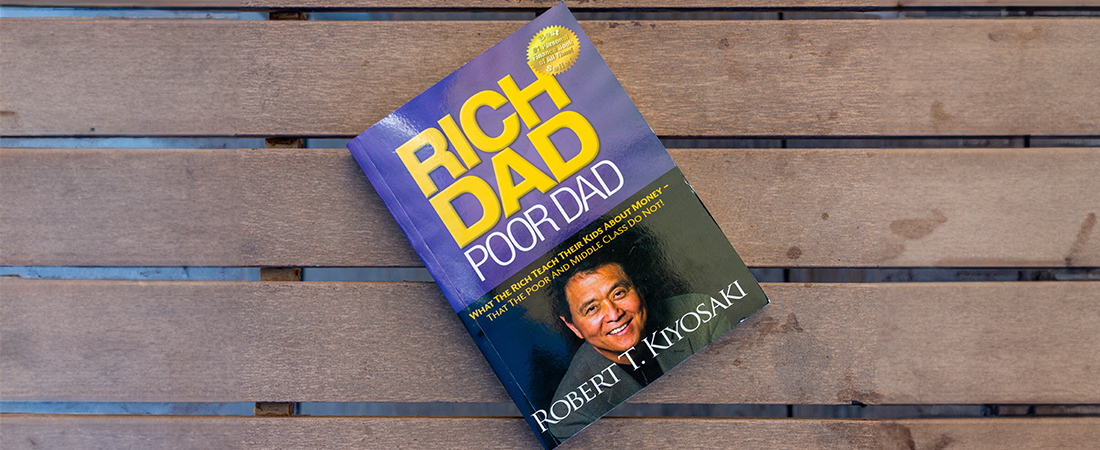
If you’ve ever Googled “how to get rich” or stood in a bookstore wondering which finance book actually makes sense—chances are, the Rich Dad Poor Dad book has popped up on your radar. And for good reason. Decades after its release, it’s still topping bestseller charts, flooding social media reels, and finding a home on the shelves of readers young and old.
So what’s the big deal? Why is Rich Dad Poor Dad so famous—and does it actually live up to the hype?
In this article, we unpack everything you need to know about Robert Kiyosaki’s cult classic. You’ll find a quick summary, the six iconic lessons it teaches, must-know quotes, and why this book still strikes a chord in today’s world of hustle culture and side gigs.
Whether you’re a student trying to figure out financial literacy, a professional chasing freedom from the 9-to-5, or just someone who wants to make smarter money moves—this is your one-stop guide to why the Rich Dad Poor Dadbook is a bestseller for life.
- Who wrote Rich Dad Poor Dad?
- What is the Rich Dad Poor Dad book all about?
- Summary of Rich Dad Poor Dad
- How many pages is Rich Dad Poor Dad?
- Why is Rich Dad Poor Dad so famous?
- The six iconic lessons in the book
- What are real assets, according to Kiyosaki?
- Important quotes from Rich Dad Poor Dad
- Books like Rich Dad Poor Dad
Who wrote Rich Dad Poor Dad?
The Rich Dad Poor Dad book is written by Robert T. Kiyosaki, an entrepreneur, educator, and investor. Born in Hawaii, Kiyosaki grew up with two father figures—his biological father (the “poor dad”) and his best friend’s father (the “rich dad”)—who had very different perspectives on money and success. Their opposing advice forms the foundation of the book.
This isn’t your typical financial guide. It’s a part-memoir, part-money-manual that turns everything you thought you knew about wealth on its head. It compares two ideologies—one that focuses on job security and traditional education, and another that champions financial education, investing, and entrepreneurship.
Summary of Rich Dad Poor Dad
At its heart, this book is about changing your mindset about money. Kiyosaki shares the life lessons he learned from his “rich dad” and contrasts them with the conventional teachings from his “poor dad.” It’s packed with insights about:
- Why financial education is more important than academic degrees
- How to make your money work for you
- Why assets and liabilities are not what you think
How many pages is Rich Dad Poor Dad?
The standard edition of Rich Dad Poor Dad is around 200 pages—short enough to read in a weekend, but powerful enough to change your outlook for life.
Why is Rich Dad Poor Dad so famous?
It’s been a game-changer in personal finance ever since it first came out in 1997. Over 40 million copies sold. Translated into dozens of languages (yes, we have it in Hindi, Tamil, Marathi, Bengali and more!). Featured in top reading lists. And most importantly, it’s relatable for every person who has ever thought: “I wish they taught money in school.”
Kiyosaki’s conversational style, combined with actionable insights, makes this book a must-read for everyone—from curious teens to seasoned investors.
The six iconic lessons in the book
Here’s a breezy breakdown of the legendary six lessons from the rich dad poor dad book:
- The Rich Don’t Work for Money: Instead of chasing a salary, the rich make money work for them. Think passive income, not pay cheques.
- Why Teach Financial Literacy?: Knowing how to earn is not enough. You need to understand assets vs liabilities. Spoiler: your car is not an asset.
- Mind Your Own Business: Your 9-to-5 is your job. Your side hustle, investments, and assets? That’s your real business.
- The History of Taxes and The Power of Corporations: Corporations = tax advantages + protection + leverage. Learn the loopholes.
- The Rich Invent Money: Opportunities are everywhere. The rich spot them, act on them, and multiply returns.
- Work to Learn—Don’t Work for Money: Master sales, marketing, investing, and people skills. Skills compound faster than savings.
Forget savings accounts. According to Kiyosaki, real assets are things that put money into your pocket—literally.
Here’s what qualifies:
- Stocks
- Bonds
- Income-generating real estate
- Notes (IOUs)
- Royalties from books, music, patents, or scripts
- Anything else that appreciates, has value, and can be sold or monetised
Add these to your phone wallpaper or post-its—instant mindset shift!
“It’s not how much money you make. It’s how much money you keep.”
“Don’t work for money; make it work for you.”
“Failure is part of the process of success. People who avoid failure also avoid success.”
“The single most powerful asset we all have is our mind. If it is trained well, it can create enormous wealth in what seems to be an instant.”
“There is a difference between being poor and being broke. Broke is temporary. Poor is eternal.”
“Learn to use your emotions to think, not think with your emotions.”
If you loved the rich dad poor dad book, you’ll probably enjoy:
A timeless guide that uncovers the mindset and habits of the world’s most successful people. This isn’t just about money—it’s about mastering belief, desire, and focus.
The ultimate playbook for human connection, persuasion, and charm. Packed with real-life examples that show you how to win hearts—and deals.
Old-school wisdom wrapped in ancient parables that still hold up today. Learn the golden rules of wealth-building in the most surprisingly fun way.
The Bible of value investing that Warren Buffett swears by. Ideal for those ready to move beyond basic budgeting into long-term market mastery.
What if real millionaires don’t look rich at all? This book reveals the quiet habits of America’s wealthiest—and how you can adopt them too.
The Rich Dad Poor Dad book continues to dominate bestseller charts—not because it has all the answers, but because it forces you to ask better questions. Whether you’re just starting your financial journey or looking to level up, this classic is a must-have on your bookshelf (and yes, in your preferred language too!).

